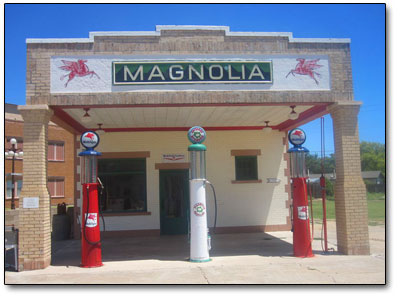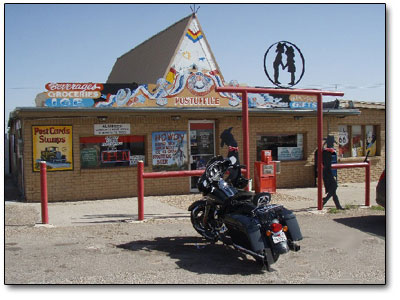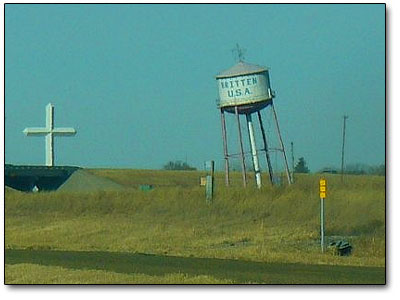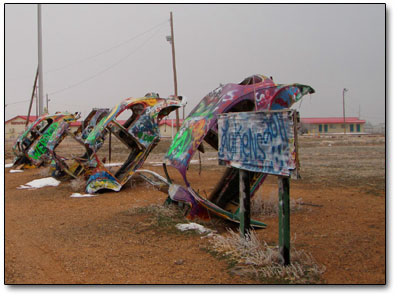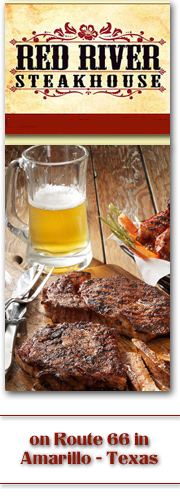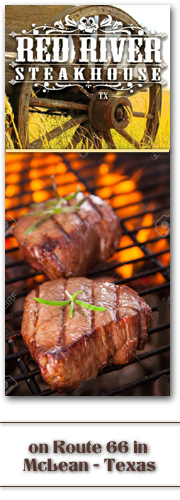Amarillo is the fourteenth most populous city in the state of Texas, the largest in the Texas Panhandle and the seat of Potter County. The city was once the self-proclaimed Helium Capital of the World for having one of the country’s most productive helium fields. Amarillo is also known as The Yellow Rose of Texas, as the city takes its name from the Spanish word for yellow and was most recently dubbed Rotor City, USA for its V-22 Osprey hybrid aircraft assembly plant. Amarillo operates one of the largest meat packing areas in the United States. Pantex, the only nuclear weapons assembly and disassembly facility in the country, is also a major employer. The attractions Cadillac Ranch and the Big Texan Steak Ranch are located adjacent to Interstate 40. Cadillac Ranch is an art installation and sculpture outside of Amarillo, Texas that was created in 1974 by Chip Lord, Hudson Marquez and Doug Michels, who were a part of the art group Ant Farm, and it consists of what were, in 1974, either older running used or junk Cadillac automobiles. Different years and models represent a number of evolutions of the car – most notably the birth and death of the defining feature of mid twentieth century Cadillacs – the tailfins. The Cadillac tailfin was almost a trademark of the car from 1949 to 1963. These Cadillacs are buried halfway into the ground nose-first at an angle corresponding with that of the Great Pyramid of Giza in Egypt.
